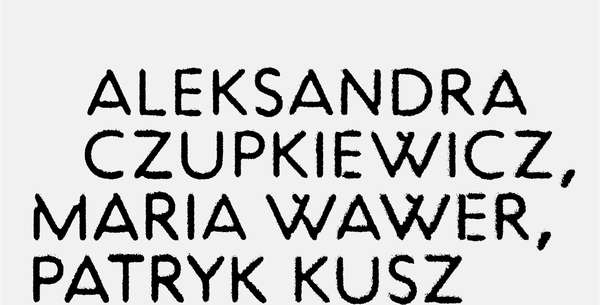Idea by
Aleksandra Czupkiewicz, Patryk Kusz, Maria Wawer
https://www.instagram.com/pawilony_pavilions/
Call for ideas 2019
pawilony_pavilions
pawilony_pavilions
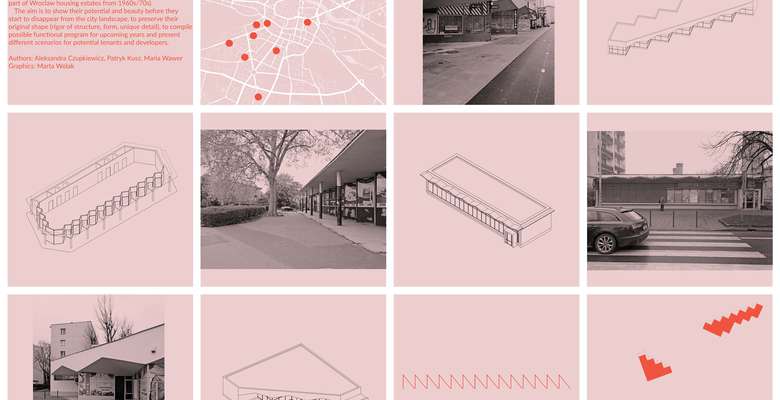
- Site-specific cases
Idea is based on 3 goals: cultural heritage, functional programs, visual identification. In Poland, a protection strategy for modern buildings is still being built. The major problem is the lack of the monument status difficult to obtain for post-war buildings. Pavilions on the background of e.g. modern cultural objects may seem less important, that is why so far in Wroclaw most of them have remained intact. Protecting such objects demonstrates the real essence of modernism and emphasizes the role of urban planning – centers where the community could meet were always present in the program of modern housing estates. Creating functional programs can revive a sense of collectivity and accelerate the development of services outside city center. The tradition of Polish lettering and graphics: famous neons and shops signs interwoven with architecture was and still is very unique in Wroclaw. It could help fight the excessive amount of advertisements on windows and unveil the architecture.
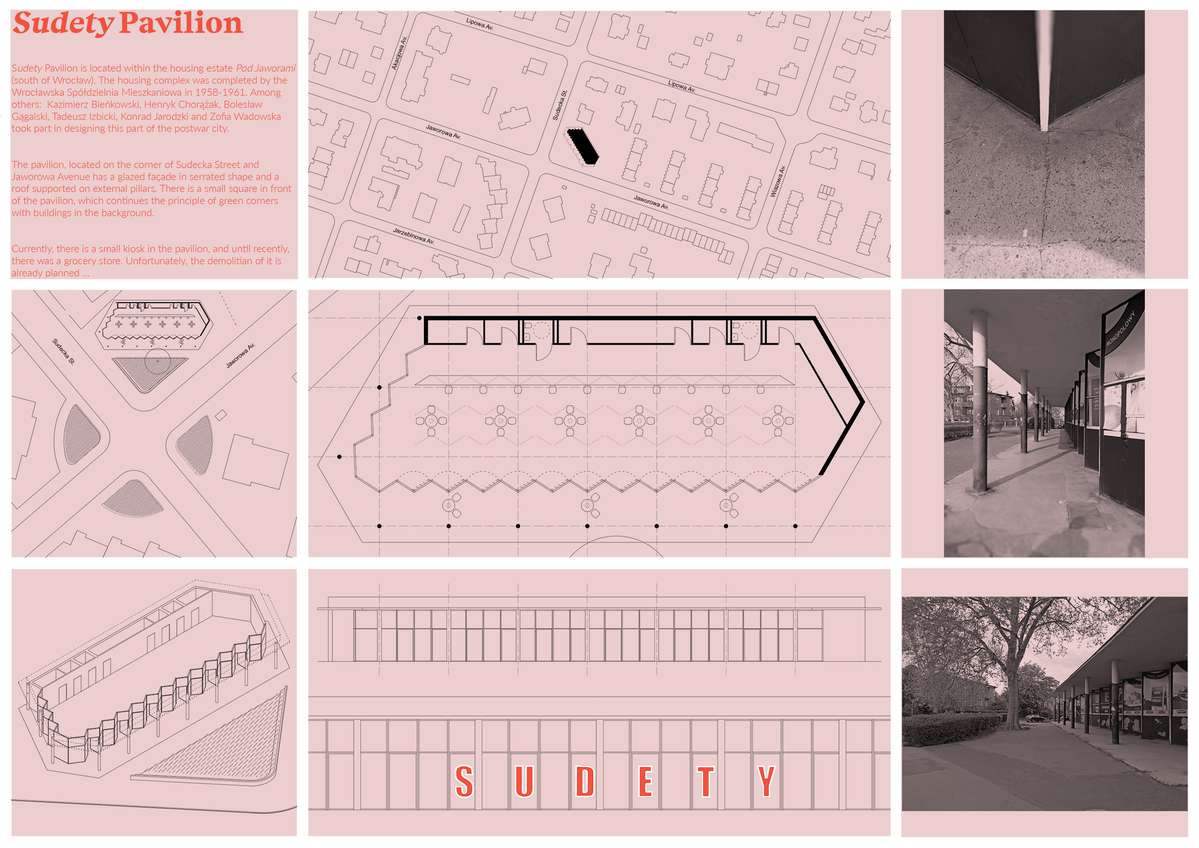
'Sudety' Pavilion, Jaworowa St., Wroclaw, Poland.
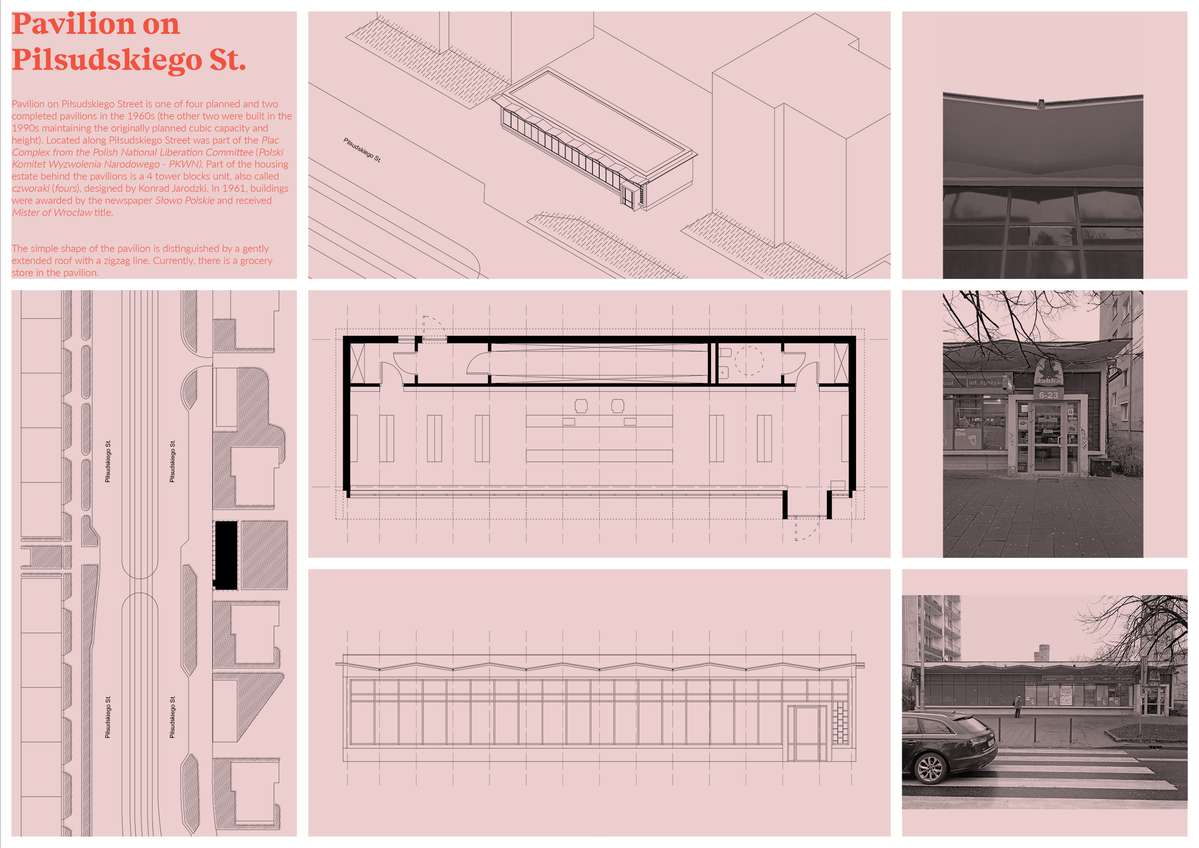
Pavilion on Pilsudskiego St., Wroclaw, Poland.
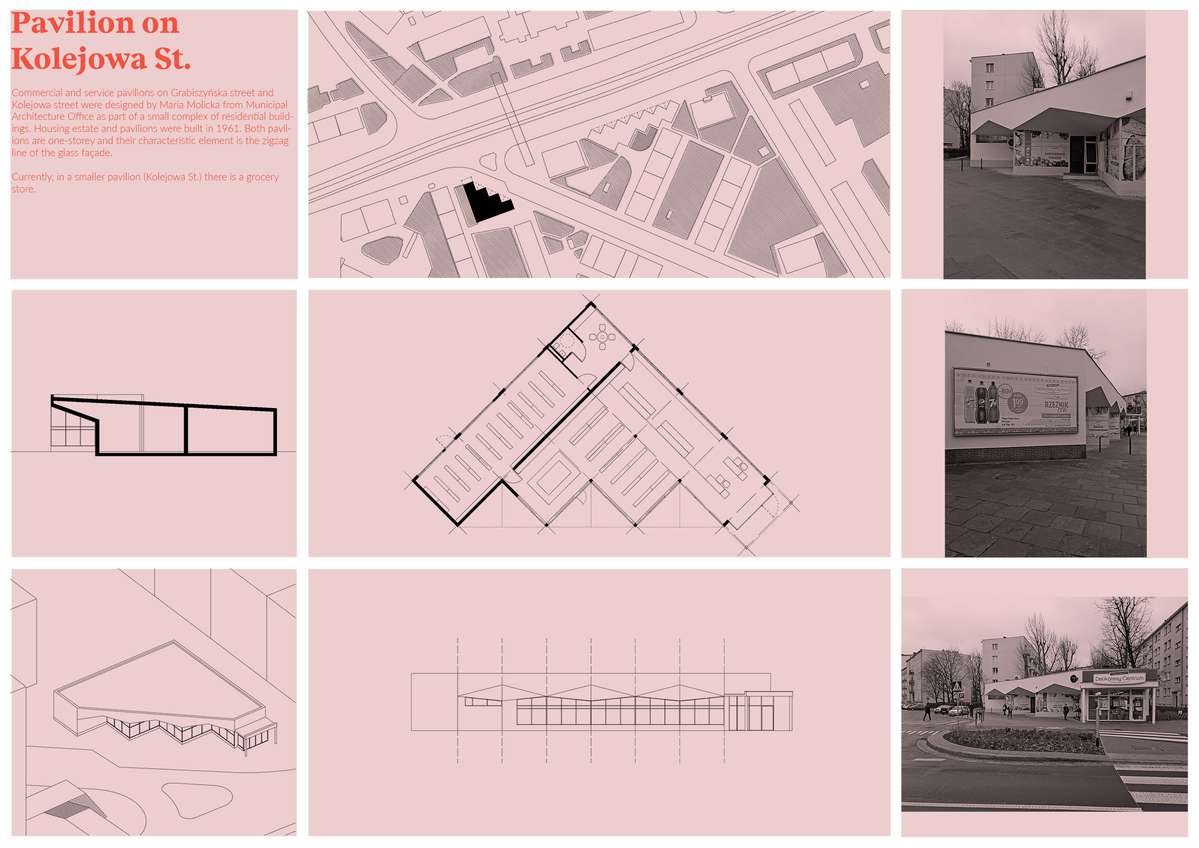
Pavilion on Kolejowa St., Wroclaw, Poland.
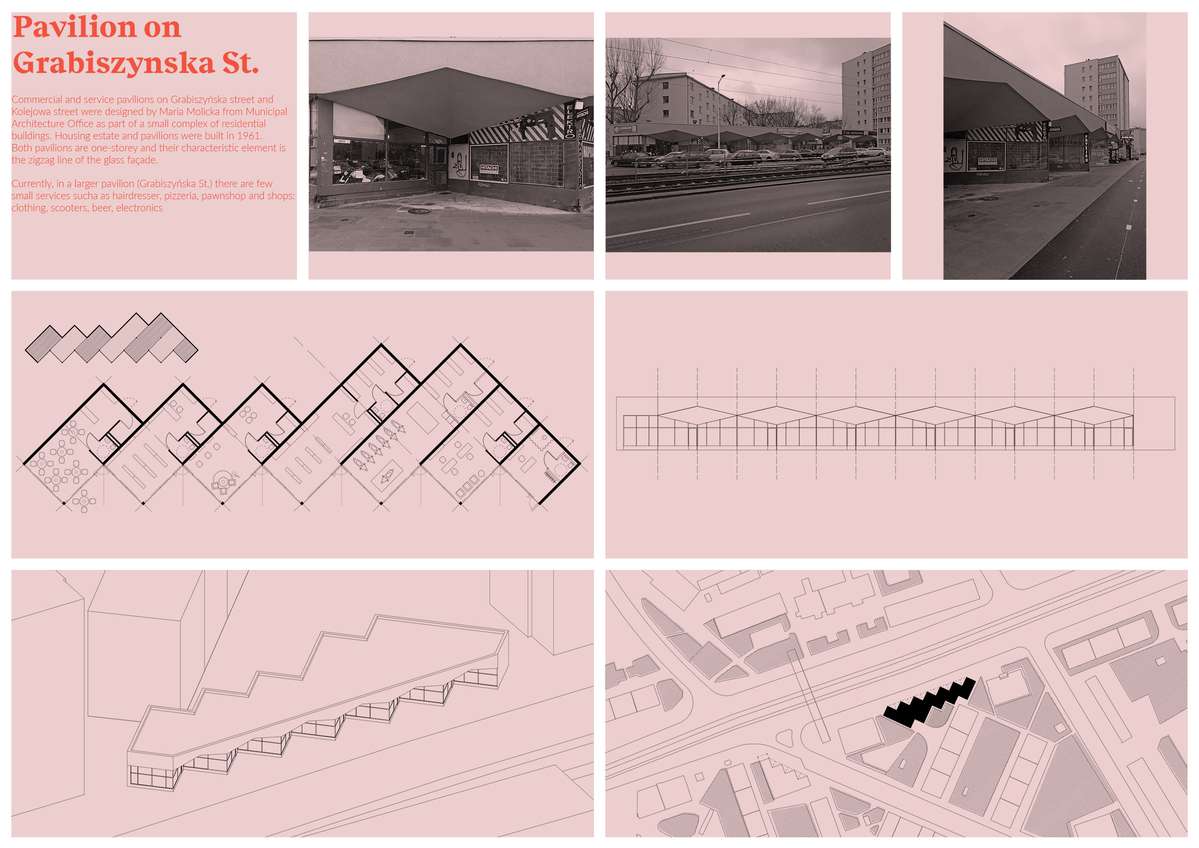
Pavilion on Grabiszynska St., Wroclaw, Poland.
pawilony_pavilions
pawilony_pavilions

- Site-specific cases
Idea is based on 3 goals: cultural heritage, functional programs, visual identification. In Poland, a protection strategy for modern buildings is still being built. The major problem is the lack of the monument status difficult to obtain for post-war buildings. Pavilions on the background of e.g. modern cultural objects may seem less important, that is why so far in Wroclaw most of them have remained intact. Protecting such objects demonstrates the real essence of modernism and emphasizes the role of urban planning – centers where the community could meet were always present in the program of modern housing estates. Creating functional programs can revive a sense of collectivity and accelerate the development of services outside city center. The tradition of Polish lettering and graphics: famous neons and shops signs interwoven with architecture was and still is very unique in Wroclaw. It could help fight the excessive amount of advertisements on windows and unveil the architecture.
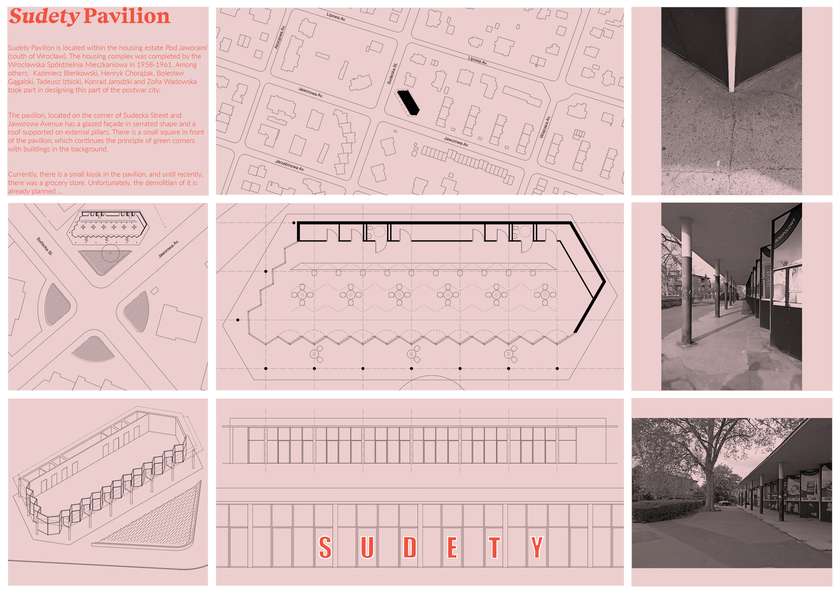
'Sudety' Pavilion, Jaworowa St., Wroclaw, Poland.
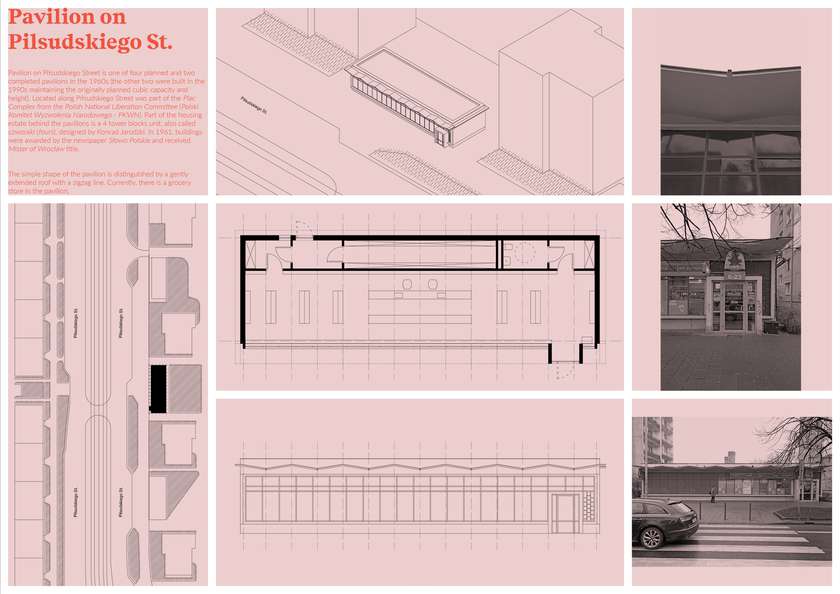
Pavilion on Pilsudskiego St., Wroclaw, Poland.
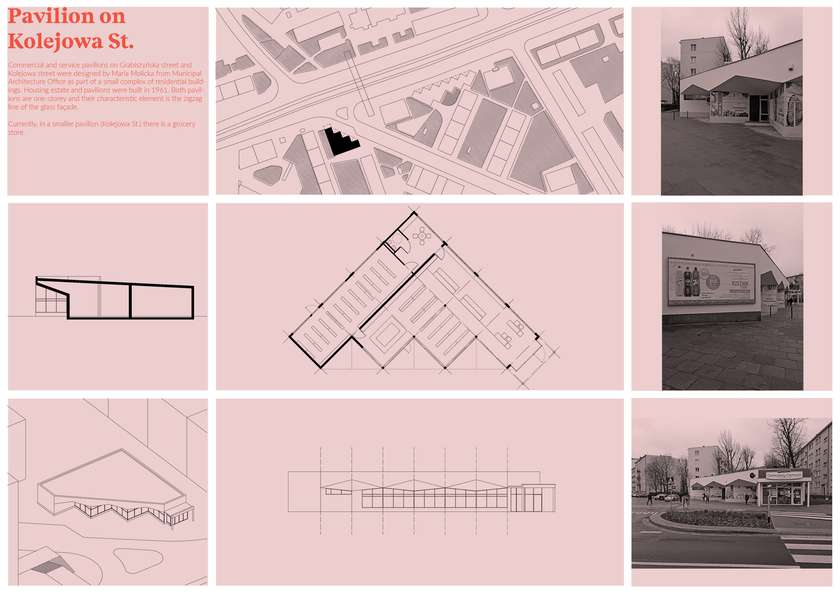
Pavilion on Kolejowa St., Wroclaw, Poland.

Pavilion on Grabiszynska St., Wroclaw, Poland.
